Public paying dramatically less for therapeutic drugs thanks to bulk-buy scheme
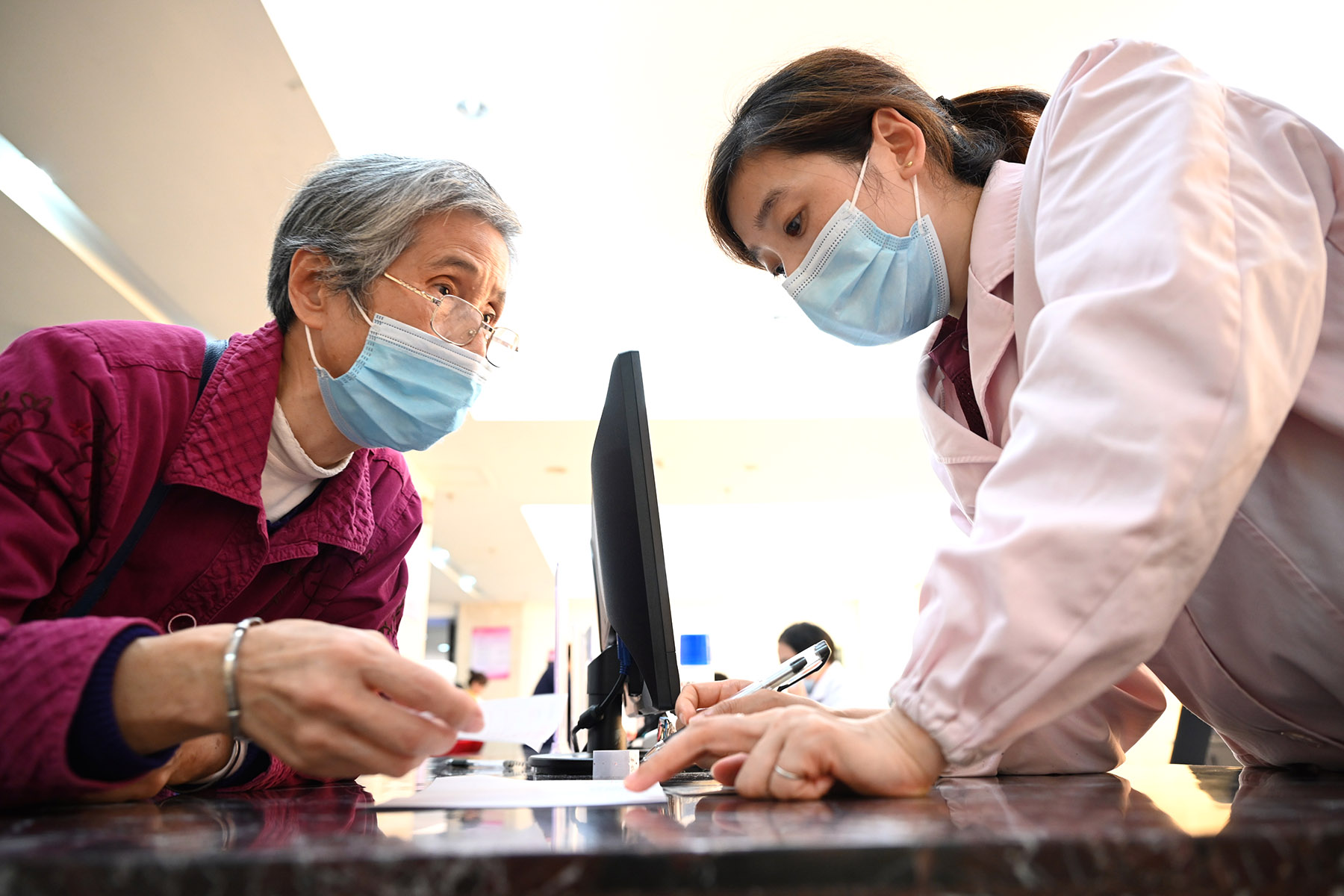
When Mu Anna negotiates with drugmakers who want their treatments included on China's national medical reimbursement list, her primary concern is securing high-quality drugs at an affordable price.
The official with the National Healthcare Security Administration has made it her goal to make sure that people enrolled in China's basic national health insurance program — about 95 percent of its population of around 1.4 billion — get the best deal.
The costs of drugs included on the national reimbursement list are paid back to patients via the public healthcare fund either partially or in full.
"Price negotiations take into account the potential benefits that drug manufacturers can reap, the sustainability of the basic insurance fund and patient burdens," Mu said.
READ MORE: More regions see subsidized fertility services
While achieving reduced prices to expand affordable access to medicines is undoubtedly the foremost goal, she said that pharmaceutical companies, despite it looking like they might lose money on the surface, actually gain greater access to a much wider market.
"That's why I say that we — the healthcare authorities and the drugmakers — advance in tandem toward the same direction," she added.
Mu, originally from the healthcare security bureau in Southwest China's Chongqing, was one of the negotiators involved in the most recent adjustment of the national reimbursement list.
Negotiations were held in late October in Beijing and the results were released in late November. The updated list took effect on Jan 1.
A total of 91 medicines used for cancer, diabetes and rare diseases have been added to the list. After the removal of 43 outdated drugs, there are now a total of 3,159 drugs included.
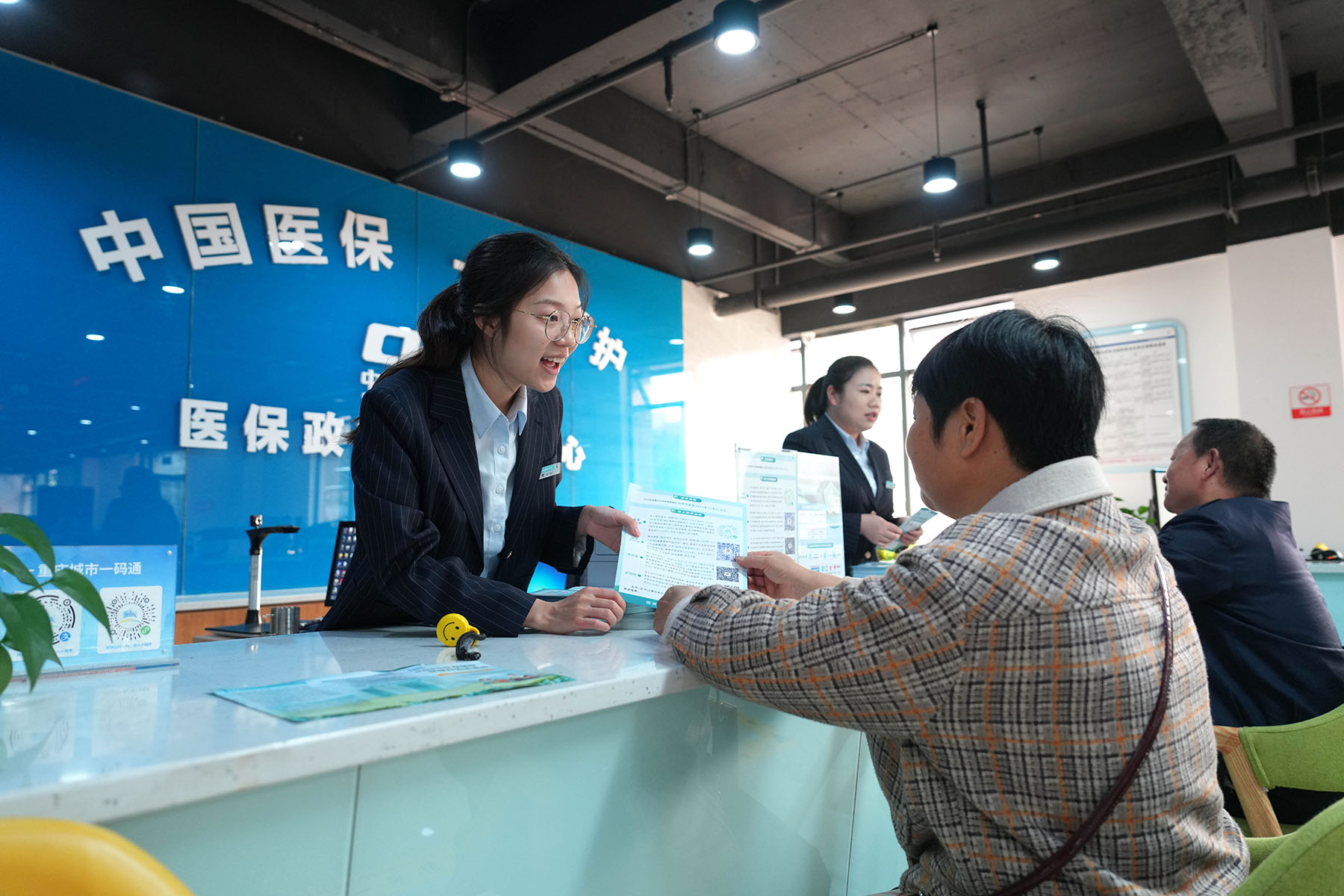
Among the new inclusions, 89 were added after price talks with drugmakers that led to an average price reduction of 63 percent, and patients are estimated to save over 50 billion yuan ($6.8 billion) throughout the year as a result, according to the administration.
For the past seven years, China has carried out annual adjustments to its national drug reimbursement list, with a focus on including novel and costly medicines for which no generic versions are available.
In past years, deep price cuts negotiated with drugmakers had been widely applauded by the public, while some speculated it might hurt innovative drug development in the long run.
Huang Xinyu, head of the administration's medical services management department, said following the release of the 2025 reimbursement list, the goal is to enable more drugs to be covered by insurance at reasonable prices to contribute to the health and well-being of the public.
"The public paid much attention to the so-called haggling, prices-lashing skills in the past. But recently, it has been much easier for both parties to reach an agreement on a deal and on-site negotiations mainly focus on reasonable discussions of the value of medicines," Huang said.
At the negotiation table, a deciding factor is tucked away in a manila envelope handed to government representatives like Mu shortly before the talks start.
The envelope contains a slip of paper that states a bottom-line price that can be accepted by the healthcare officials. Drugmakers are allowed to propose prices twice and if the second proposal is still not within 115 percent of the bottom-line price, the negotiation will cease.
Chen Wen, a professor at Fudan University's School of Public Health and head of an expert panel gathered by the administration, said that calculations of the bottom-line price have taken into consideration pharmaco-economic analysis, the drug's listing price in China and overseas, and the price of its competitors.
"We have also placed emphasis on its (the inclusion of a drug) impact on expenditures within the national insurance fund," he said. "Another focus is to attach greater value to medicines considered truly innovative and that can bring great benefits."
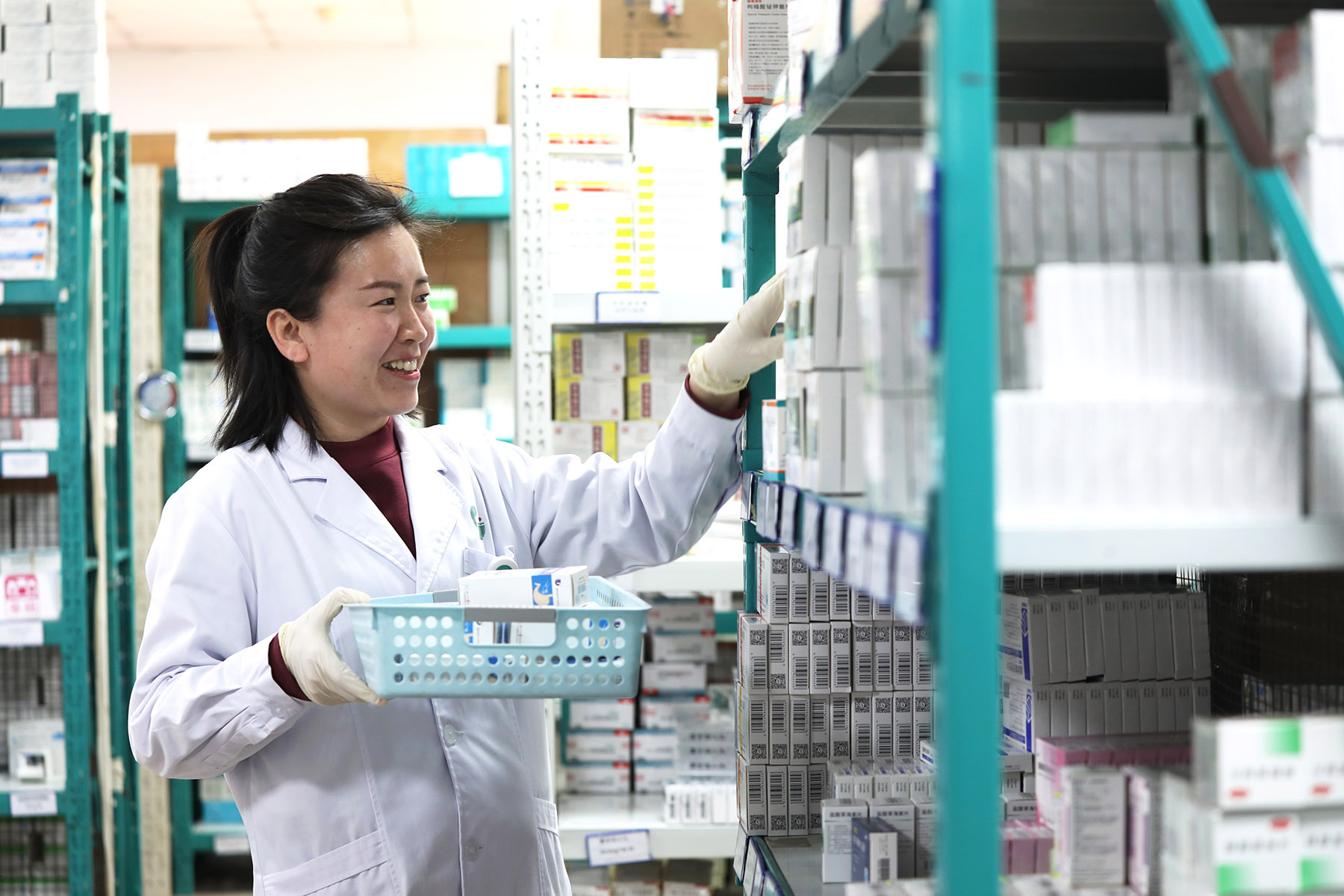
According to the administration, 38 of the 91 newly added medicines are considered novel drugs in China and around the globe. The sheer number of novel drugs and their proportion among all additions have reached an all-time high.
The negotiation success rate for innovative drugs exceeds 90 percent, 16 percentage points higher than the overall rate.
Shi Yuankai, an oncologist at the Chinese Academy of Medical Sciences' Cancer Hospital in Beijing said that 26 cancer drugs, including 12 targeting lung cancer, have been newly added to the list, and the majority of them were authorized for the market by the top drug regulator in 2023 or 2024.
Lung cancer is the most common cancer in China, with over one million new cases and more than 700,000 related deaths each year. "With new inclusions, patients with common or rare lung cancer types all have access to novel and high-quality drugs," he said.
Another drug that attracted widespread attention during the latest round of negotiations was the anti-epilepsy drug called Clobazam made by domestic company Yichang Humanwell Pharmaceutical.
Clobazam treats a severe form of epilepsy that strikes during infancy or early childhood. It affects about 600,000 people across China.
Even though the homegrown drug is not classified as an innovative drug, the pill is urgently needed as there is only one imported alternative on the Chinese market at present, which is not on the list.
Foreign-made Clobazam was unavailable on the Chinese mainland until the National Health Commission allowed temporary imports in June 2022. The domestic version of the drug obtained market authorization later that year and was included in reimbursements in late November.
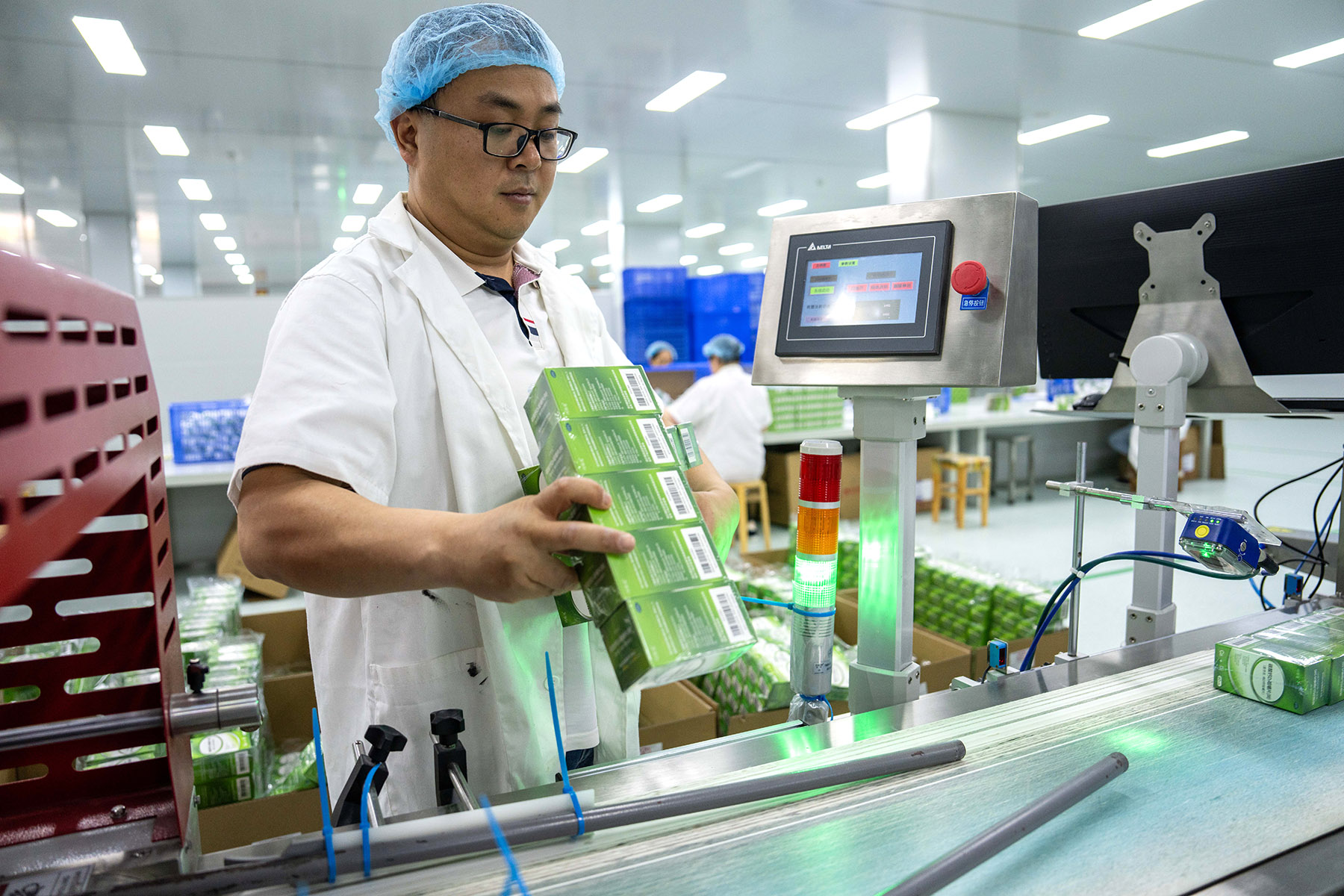
Du Wentao, chairman of Yichang Humanwell Pharmaceutical, said during an interview with state broadcaster China Central Television that it has spent five years and over 70 million yuan in researching the drug.
"So far, our drugs have only been introduced to less than 20 percent of relevant hospitals and many parents have to travel far to larger hospitals to obtain the drug," he said. "Getting on the list means that grassroots coverage for the drug will be improved and more child patients can access effective treatment."
Wu Jing, deputy dean of Tianjin University's School of Pharmaceutical Science and Technology, said, "The speedy action related to boosting access to the drug has demonstrated the government's attention to the rare disease patient community."
Even though the market price of domestic Clobazam per tablet is only 3 yuan, Wu said that the medicine is usually delivered along with other drugs and the total costs constitute a heavy burden on some families.
"The price reduction could range from a few percent to over 90 percent because the principle is not purely chasing after steep cuts, but a pursuit of the most reasonable price," Wu said. "All negotiated prices will be tested against economic barometers that evaluate clinical value."
Huang, the official from the National Healthcare Security Administration, said that during price negotiations in late October, a total of 28 drugs failed to secure a deal. The reason was that their anticipated prices had exceeded the bottom-line price by a giant margin, and some drugmakers were unwilling to reduce their prices to a level lower than the international average.
Authorities were looking for the lowest price compared to the United States, the United Kingdom, Japan and other developed countries, which have a much higher GDP per capita compared to China. It is reasonable to ask for a lower price than these markets considering China's large population, Huang said.
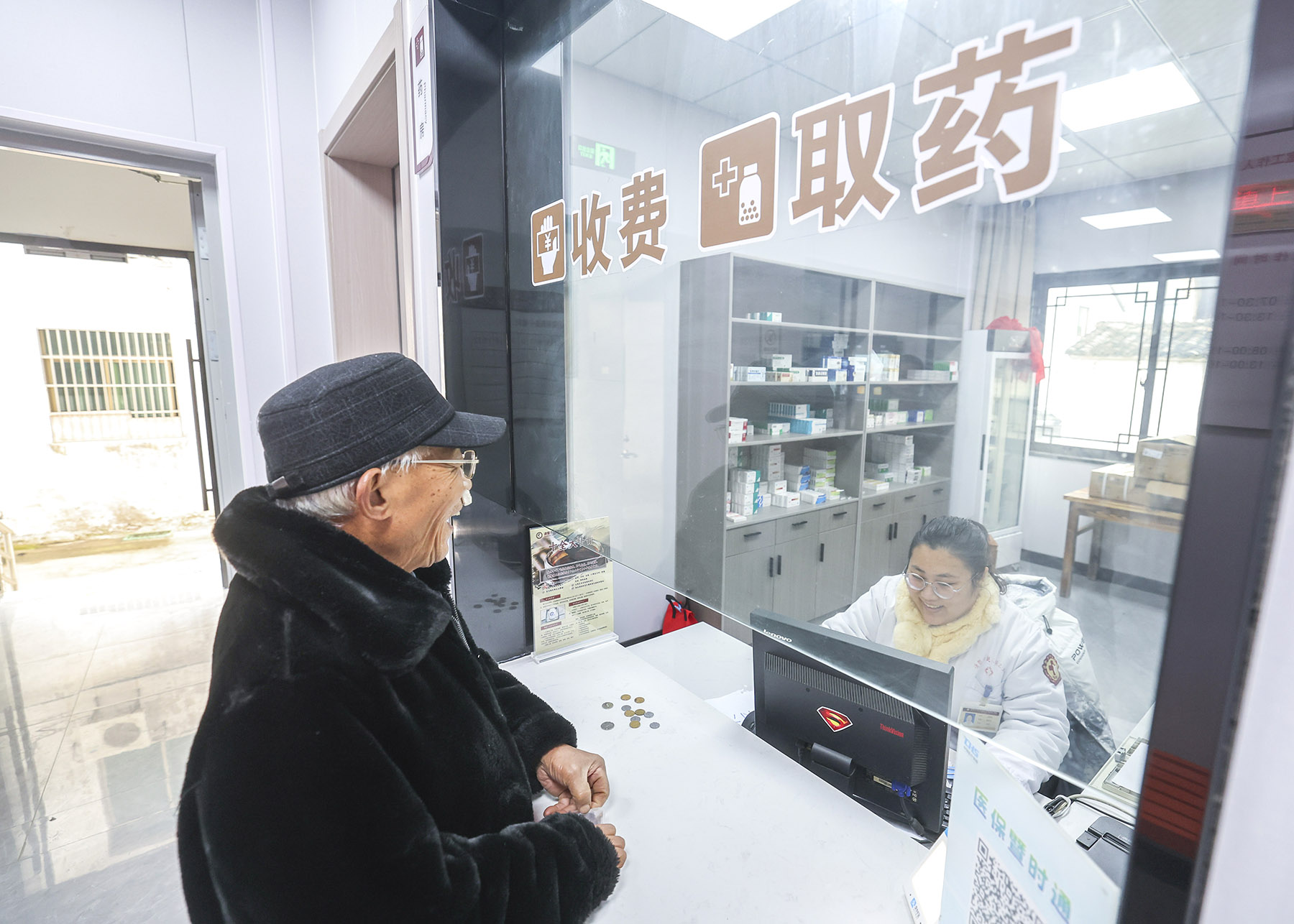
Zhao Bei, a market analyst at the Industrial and Commercial Bank of China, said that the sector of innovative drugs accounts for 70 percent of the US pharmaceutical market, worth about $700 billion. In Japan, the proportion is about 57 percent. In China, the proportion of innovative drugs takes up 10 percent of a pharmaceutical market worth 2.45 trillion yuan.
She disapproved of the perception that innovative drugs are priced at too low a level in China, and that the size and state of the Chinese market cannot bolster the development of innovative drugmakers.
"In the future, China's innovative drug market will be a market with a bright prospect for strong and fast growth. It is expected to soon become the world's second-largest market and can maintain a relatively fast growth rate in the long term," Zhao said.
During its annual meeting held on Dec 18 which lays out key missions this year, the administration said that more novel and high-quality drugs will be added to the national drug reimbursement list.
ALSO READ: China unveils new guidelines to encourage, support childbirth
It added that it will continue to carry out regular centralized and local drug procurement programs that usually involve generic, less costly drugs.
It added that the foremost task is to safeguard the safety of insurance funds, guarantee a balance between revenue and expenditure with a small surplus, as well as stave off deficits.
The administration has also attached great significance to leveraging the role of private capital in the healthcare insurance sector. Private insurance was mentioned seven times in a readout of the meeting, compared to none at last year's gathering.
To satisfy the diversified insurance demands of the public, the administration said it will support the development of both commercial health insurance and basic medical insurance, each with distinct development models.
With the prerequisite of insurance security, the administration will also explore the simultaneous settlement of private insurance, charitable assistance and basic medical insurance, it said.


